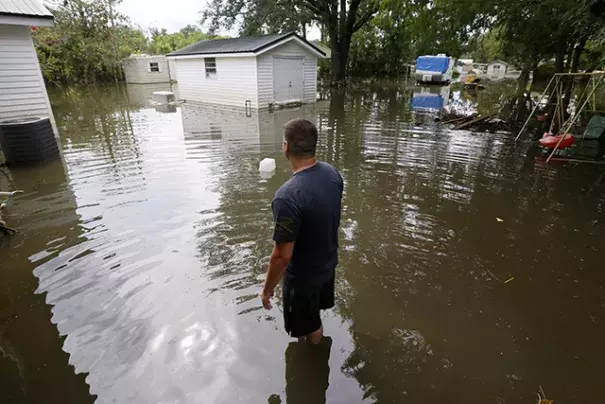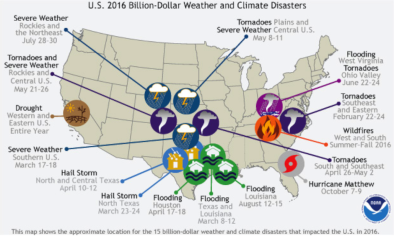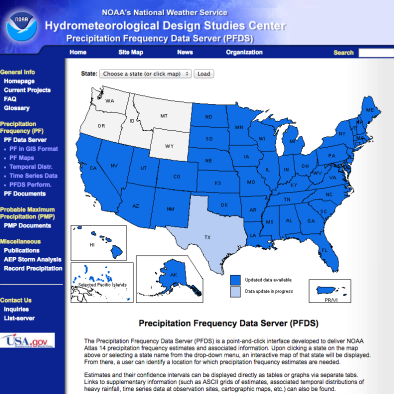Louisiana suffers flooding of historic proportions, and many see climate as a driver

Though strangely slow to grasp the enormity of last week’s flooding around Baton Rouge, national media have surged back in recent days with solid and sophisticated reporting on a weather/climate disaster of historic proportions...
An assessment in Scientific American noted that, “Over the past year alone, catastrophic rain events characterized as once-in-500-year or even once-in-1,000-year events have flooded West Virginia, Texas, Oklahoma, South Carolina and now Louisiana, sweeping in billions of dollars of property damage and deaths along with the high waters.”
Speaking to Inside Climate News, the Texas Tech climate scientist Kathryn Hayhoe explained that the Louisiana storm resulted from one factor clearly related to climate change (increased moisture content in a warmed atmosphere) and one not so much (the eerily slow pace of the storm’s movement across the Baton Rouge region).
"This storm is a good example of why we care about a changing climate ... because Louisiana is a place that is already at risk of flooding and climate change is taking the risk that we already face, and it's exacerbating" the threat.
These storms have all happened as the planet is on track to have its warmest year on record. (In fact, July was the hottest month ever recorded). "With such a warm year, you're going to see much higher-than-average sea surface temperatures," Hayhoe said. Those water temperatures, in this case the Gulf of Mexico where the storm system formed on Aug. 7, mean the air above it has more than its usual share of water vapor, Hayhoe explained.
In the usual chide-the-victims portions of the coverage — and here the echoes of Hurricane Katrina were loud and clear — some publications asked why the people of Baton Rouge hadn’t been better prepared to meet the danger as it arrived.
There was the usual back-and-forth about the adequacy of public-safety alerts but the more interesting points (at least to me) were about the limits to what even excellent preparation could achieve in a time of such big changes in weather patterns, the underlying climate, or both. Back to Scientific American for a moment:
One of the first shifts that must happen, many experts in hazard mitigation say, is to stop using the climate of the past to plan for the future.
“One of the great challenges is to recognize that a lot of communities, a lot of cities, a lot of human settlements in general were designed to reflect the climate of the past,” said [Gavin] Smith [director of the Department of Homeland Security’s Coastal Resilience Center of Excellence], who also served as the director of the Mississippi Office of Recovery and Renewal after Hurricane Katrina.
“These issues, they are happening and they’re going to become worse, and the changes are occurring within a context where we’ve designed cities to reflect a previous climate,” he said.
And now over to The Atlantic’s City Lab:
All the diversion canals, freeboard standards, and flood insurance policies in the world would not have entirely saved Baton Rouge from the damaging effects of 25 inches of rain in three days. It’s a stunning amount, anomalous by every measure.
“This was above and beyond anything that I think you could really could prepare for,” says Melissa Daigle, a resiliency specialist with Louisiana Sea Grant Law & Policy Program, who lives a few minutes away from (and a few feet above) some of the worst-flooded areas in the city
Related Content




